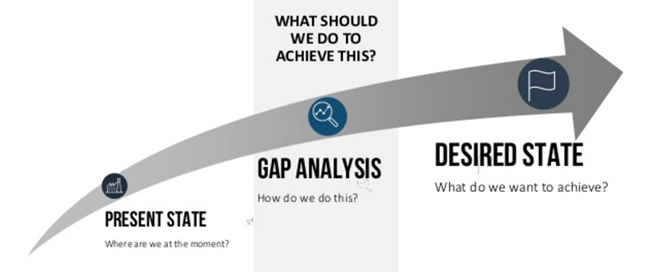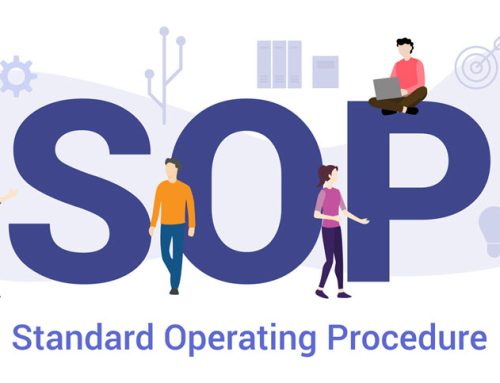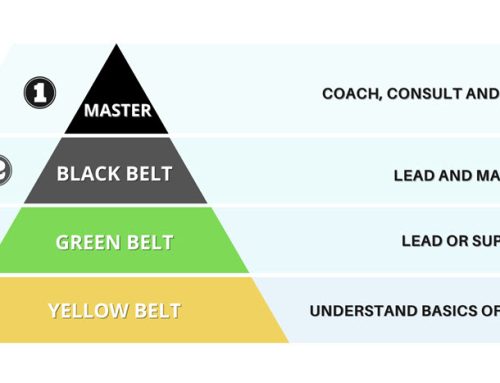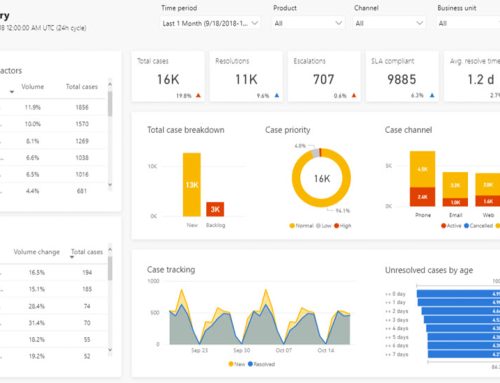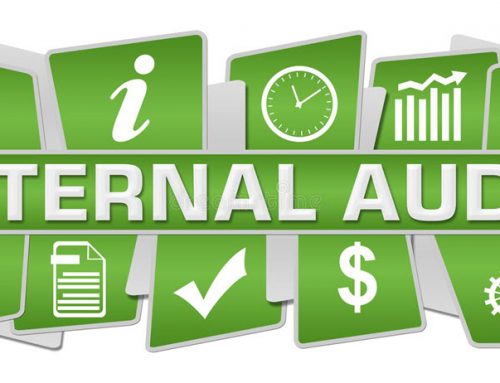Gap analysis is the process of assessing the differences in performance between where you are and where you want to be or determine whether business requirements as for example ISO 9001 are being met and what steps are required to be taken in order to ensure compliance to the standard. The term gap refers to the space or difference between the present state and the targeted state of the organization. In other words, we can say that gap analysis is the need analysis or need assessment which organizations use to determine where we are compared to where we want to be. Different gap analysis methods are great tools for discovering important considerations for process improvement.
Gap analysis can be used to understand what next course of action for the project or process improvement should be. Managerial literature suggests that gap analysis is the comparison of actual performance and potential or desired performance. The concept of gap analysis is equally important for project managers, process improvement teams and individuals who want to see where a company is compared to the competitor. There are various methods for utilization of this tool effectively and efficiently. In this article, you will be able to find the best gap analysis methodology. This gap analysis methodology will help you to take advantage of gap analysis.
Gap Analysis Methodology
McKinsey 7s Framework
This gap analysis tool is useful in determining specific aspects of a company which is meeting expectation. 7S model is helpful in examining business characteristics through the lens of 7 people-centric groupings such as strategy, structure, system, staff, style, skills and shared values. These seven people-centric dimensions of the framework help in determining the current and future state for each category and contribute in determining where the gap exist. Through this strategy, management can conduct a successful gap analysis and implement a targeted solution to bridge the gap effectively and efficiently.
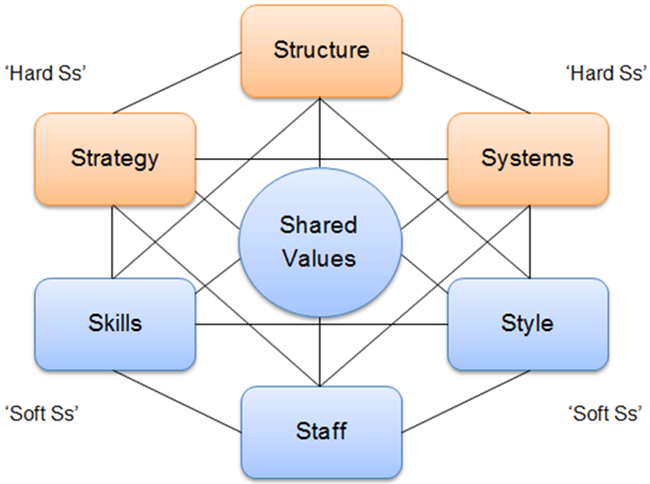
McKinsey 7s model as an effective gap analysis methodology which is widely used by academics and practitioners. McKinsey 7s model as part of strategic planning strongly emphasized on the management of human resource (Soft S). According to this gap analysis methodology, these 7 elements play a significant role in increasing overall growth, performance and effectiveness of an organization. This gap analysis methodology helps to determine where the gap exists by analyzing the whole structure of the organization under these 7s’s. This model indicates that all seven areas of the model are interconnected and change in one area requires a change in other areas for overall growth and improvement.
Understanding McKinsey 7s Model
The seven dimensions of the model are divided into two broad categories known as “Hard S’s” and “Soft S’s.” Strategy, structure, and system are considered as hard skills, whereas style, staff, skills and shared values are considered as soft skills. The detailed description of the seven dimensions of the model is as follows:
Strategy
The strategy is a plan which is developed by the organization for the achievement of sustainable competitive advantage. A sound strategy clearly articulates the vision, mission, and values of an organization. In gap analysis by discovering strategy, managers would be able to monitor alignment with other elements of the framework.
Structure
Structure define the way in which divisions and different units of the organization are organized. Structure define the span of control and chain of command within the organization. The structure is a visible and easily changeable element of the model.
System
The system included process and procedures of the company which is revealing business activities and the process of decision-making within the organization. In the process of change, the system is the main focus area of managers. This dimension of McKinsey model in gap analysis plays a significant role in finding a need for change in the system of the organization.
Skills
Skills are the abilities performed by the employees of the organization. Skills include capabilities and competencies. In gap analysis skills help in determining what skills the company needs to reinforce new strategy or structure within the organization.
Staff
Staff elements deal with the type of employees and method of recruitment, training, and motivation of employees. In gap analysis, managers would be able to determine the appropriate type of employees within the organization through this model.
Style
The style is another important element of the model. This dimension helps determine the way how top managers are managing the company, the nature of the interaction between them, actions and symbolic values. The style is the management of an organization.
Shared values
Shared values are the norms and standards of an organization which guides employees’ behavior and action of the company. In simple terms, we can say that shared values are the foundation of every organization.
Conclusion
McKinsey 7s Framework is an important gap analysis methodology. It successfully contributes in finding the gap within the organization by covering seven most important dimension of the structure of the organization. McKinsey 7S Framework facilitates the change in an organization. It is also helpful when an organization is implementing a new strategy. This gap analysis methodology is also useful in determining each area which requires change and it determines the process of change in each area in an organization. McKinsey 7s model is useful to facilitate the merger between organizations.

